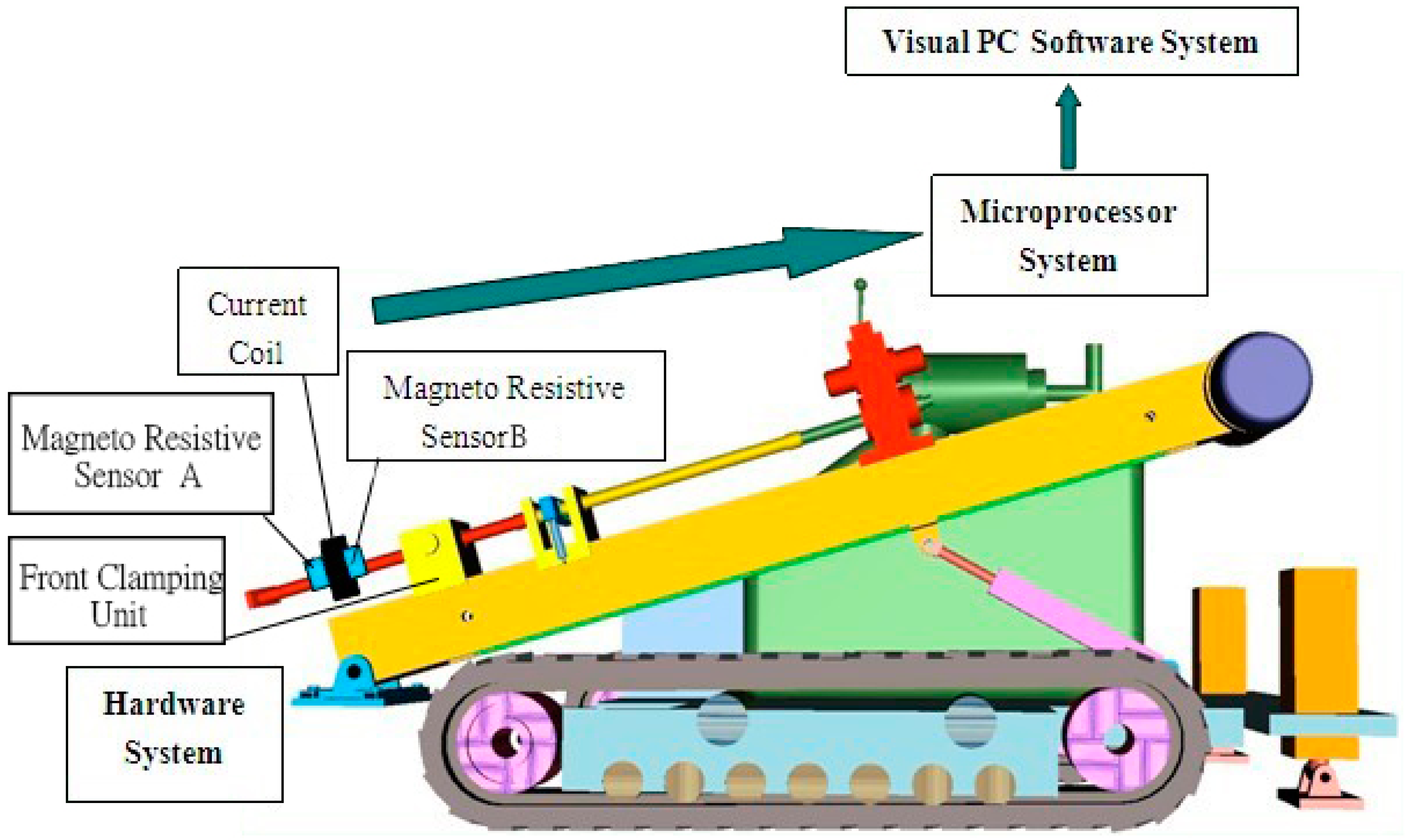Directional drilling has emerged as a innovative technique that is reshaping how we access and utilize underground resources. Unlike conventional drilling methods that typically involve a straight borehole, directional drilling allows for greater versatility, enabling operators to drill at different angles and depths. This innovation is essential for industries such as petroleum, utilities, and sustainable energy, where precise and effective access to subsurface treasures is paramount. As cities continue to expand and the demand for sustainable infrastructure grows, directional drilling stands at the cutting edge of engineering solutions that minimize surface disruption and enhance project efficiency.

Over the years, the evolution of directional drilling technology has been nothing short of remarkable. From its humble beginnings to the complex methods and equipment we see today, this drilling approach has continually adjusted to meet the demands of contemporary projects. Understanding the different types of directional drilling, such as sideways and vertical drilling, is essential for professionals and enthusiasts alike. By exploring the principles and applications of this technology, we can appreciate how directional drilling not only improves resource extraction but also plays a crucial role in supporting urban infrastructure and environmental sustainability.
Types and Uses of Directional Boring
Directional boring encompasses various techniques tailored to meet distinct project needs. The chief types include horizontal drilling, which permits for boring along to the earth's surface, and vertical drilling, which goes perpendicularly. Other methods, such as multi-lateral drilling, allow various wellbores to be bored from a one parent well, enhancing reservoir access. Each type serves specific purposes, ensuring the utmost efficient search and retrieval of resources.
In the oil and gas industry, directional boring is essential for reaching hard-to-reach reserves without the need for extensive surface disruption. This method has changed how businesses approach resource extraction by limiting environmental impact while increasing output. Beyond oil and gas, directional boring is also vital in the utility sector, where it facilitates the installation of pipelines and cable systems underground, minimizing surface disturbances in urban areas.
Renewable energy projects are also utilizing directional boring to optimize site access and resource extraction. Whether laying down geothermal wells or building wind farm foundations, this method supports eco-friendly energy initiatives while preserving the health of surrounding ecosystems. As industries continue to grow, the flexibility and adaptability of directional boring ensure it remains a key player in modern technology and infrastructure development.
Advantages and Benefits of Directional Drilling
Horizontal drilling offers major advantages over conventional drilling methods, primarily in aspects of efficiency and precision. By enabling operators to bore at different inclinations, it allows access to resources that would be difficult or hard to access with vertical drilling by itself. This ability not only maximizes resource extraction but also reduces the number of drilling sites needed, thus minimizing environmental impact and disturbances to the surrounding area.
Moreover, directional drilling drastically reduces surface interference. Directional Drilling Dublin Ireland is especially beneficial in city environments where space is limited and the risk of harming existing infrastructure is elevated. The ability to maneuver around obstacles ensures that drilling can occur beneath streets, buildings, and various edifices without the need for extensive surface digging or destruction, preserving the integrity of the city landscape.
In addition to saving time and costs, horizontal boring is more and more acknowledged for its environmental benefits. The technique minimizes land utilization and lowers the carbon impact associated with drilling operations. Furthermore, its accuracy helps steer clear of sensitive ecological regions, ensuring that initiatives align with sustainability objectives. As sectors continue to focus on environmentally approaches, horizontal drilling stands out as a vital technique for future projects.
Emerging Trends in Directional Drilling Techniques
As the need for more efficient and minimally disruptive drilling methods increases, the future of directional drilling technology seems promising with several emerging advancements. One of the key advancements is the incorporation of artificial intelligence and automation into drilling operations. These technologies are enhancing drilling accuracy, allowing for instantaneous data analysis and adaptive decision-making during drilling operations. This allows for operators can modify their approaches on the fly, resulting to faster completion times and reduced costs.
Another noteworthy trend is the use of cutting-edge software and monitoring technology. These tools provide superior monitoring functions, allowing for better bore tracking and safety evaluations. The evolution of data analysis will allow operators to predict drilling challenges before they occur, further optimizing project results. This combination of intelligent technology and traditional engineering practices is set to transform how horizontal drilling projects are overseen and executed.
Lastly, the shift towards sustainability is influencing the future landscape of directional drilling. Techniques that minimize environmental impact are growing increasingly essential, especially in vulnerable locations. Innovations like sustainable drilling fluids and processes designed to additionally reduce surface interference are critical for meeting regulatory standards and public expectations. As the industry embraces these sustainable practices, directional drilling is poised to play a critical role in supporting the development of infrastructure that is both efficient and environmentally responsible.
